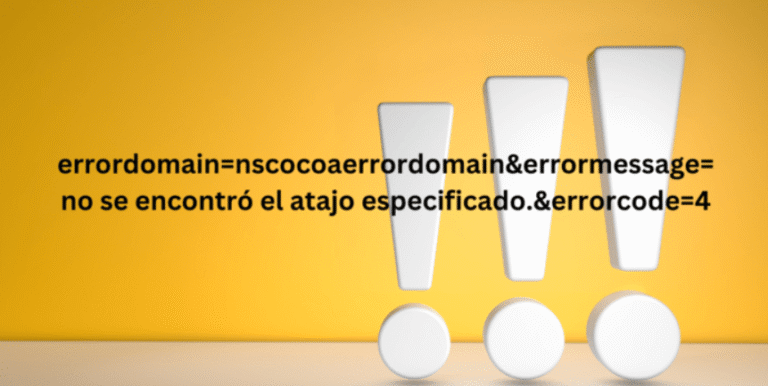Jyokyo: A Deeper Look into the Japanese Art of Understanding Context
In a world that changes by the second, our ability to adapt, observe, and respond with clarity determines how well we navigate both personal and professional life. The Japanese term Jyokyo , while often translated as “situation” or “circumstance,” represents far more than just the present state of affairs. It encapsulates an entire philosophy of awareness — of being attuned to the subtle forces that shape every moment.
Though simple at first glance, Jyokyo invites people to slow down, read their environment, and act from understanding rather than impulse. It teaches a mindful way of engaging with life, rooted in observation and adaptability — traits deeply ingrained in Japanese culture yet universally relevant today.
A Word with Layers of Meaning
The kanji for Jyokyo—状 (jou) meaning condition or state, and 況 (kyo) meaning situation or circumstance—come together to describe the full texture of a moment, not just what’s happening but how it is happening. It expresses context: tone, emotion, environment, and invisible energy.
When a Japanese speaker says, “Jyo-kyo ni yotte” (depending on the situation), it’s more than a practical phrase. It implies flexibility, sensitivity, and respect for the unseen dynamics influencing the moment. In this way, Jyokyo functions as both a linguistic tool and a mindset — one that encourages people to read between the lines.
The Cultural Essence of Jyokyo
To understand why this word carries such depth, one must appreciate Japan’s cultural preference for harmony and subtle communication. The Japanese phrase “kuuki wo yomu” — literally “reading the air” — captures the social skill of interpreting unspoken cues. Jyokyo is the expression of that very awareness.
In daily life, it helps maintain balance. If a meeting suddenly shifts in tone, or a friend seems withdrawn, responding with sensitivity to the Jyokyo means adjusting your behavior rather than pushing your agenda. This practice isn’t passive; it’s emotional intelligence in motion. It reflects Japan’s collective spirit — prioritizing empathy and connection over confrontation.
Jyokyo in Everyday Language
In casual conversation, Jyokyo can be both a question and a statement of care. Asking “Saikin no Jyokyo wa?” (How’s your situation lately?) is a friendly way of checking in without intruding. Context fills the meaning — it could refer to someone’s work, health, or family, depending on what’s understood between the speakers.
The phrase’s flexibility makes it ideal for maintaining relationships. It conveys concern without demanding details, offering space for comfort and privacy. It’s a perfect example of Japanese communication: gentle, respectful, and mindful of emotional boundaries.
Professional Wisdom Through Jyokyo
In Japan’s corporate and political environments, Jyokyo carries even greater significance. It’s often used in formal contexts to refer to economic climates, policy changes, or market conditions. For instance:
- (Keiei no Jyokyo): business conditions
- (Shijou no Jyokyo): market situation
- (Kinkyuu Jyokyo): state of emergency
When companies issue statements or leaders announce decisions, they frequently refer to “the Jyokyo” to show responsiveness and rational judgment. It shifts responsibility from individuals to circumstances — a culturally accepted way to acknowledge change without placing blame.
For global professionals working with Japanese teams, understanding how Jyokyo shapes decision-making offers insight into the country’s communication style: cautious, collaborative, and situationally aware.
Beyond Words: Jyokyo as a Mindset
While it began as a linguistic concept, Jyokyo has evolved into a framework for living consciously. In essence, it’s about developing situational awareness — being present enough to understand your surroundings before reacting.
Practicing Jyokyo means:
- Observing the environment before speaking or acting.
- Understanding emotional undercurrents in groups.
- Responding thoughtfully instead of impulsively.
It’s not far removed from mindfulness or Stoic reflection. Like Zen philosophy, Jyokyo reminds us that every moment is interconnected — shaped by past actions, present emotions, and unseen forces.
Lessons from Everyday Practice
Across Japan and beyond, many people apply Jyokyo as a daily discipline. For instance, a teacher in Kyoto uses it to manage classroom energy — noticing when students lose focus and shifting her approach rather than forcing attention. A manager in New York, inspired by the concept, begins meetings by asking, “What’s our Jyokyo today?” — a way to check the emotional temperature before diving into tasks.
These simple acts demonstrate that when you acknowledge the context, you create space for collaboration and understanding.
Misunderstandings About the Concept
Because of its subtlety, Jyokyo is often misunderstood. Some interpret it as passivity or indecision — assuming that reading a situation means avoiding direct action. In truth, it’s the opposite. Jyokyo empowers smarter choices by ensuring that every action aligns with reality rather than impulse.
Another misconception is that Jyokyo applies only within Japanese culture. Yet, as workplaces and relationships become more globalized, situational intelligence is a universal necessity. Whether managing cross-cultural teams or navigating family dynamics, understanding context makes communication smoother and conflict less likely.
A Practical Path Toward Mindful Living
Bringing Jyokyo into your life doesn’t require studying Japanese or practicing meditation for hours. It begins with a pause. The next time you feel pressure to act or respond, stop and ask yourself:
- What is happening right now?
- What emotions or energies are present?
- What does this moment need from me?
Keeping a “Jyokyo journal” can help cultivate this awareness. Record a few daily observations about the conditions around you — your mood, your environment, and your reactions. Over time, you’ll notice patterns that reveal how context influences your decisions and relationships.
Digital Age and Modern Adaptation
In the era of social media and hyperconnectivity, Jyokyo offers a refreshing counterbalance. Online, people often react instantly — posting, arguing, or judging without full context. Applying Jyokyo thinking to digital life means slowing down, verifying information, and understanding tone before responding.
Many mindfulness influencers in Japan now promote “Digital Jyokyo,” a practice of intentional engagement with technology. By pausing before commenting or posting, one preserves clarity, empathy, and authenticity — rare qualities in the noisy world of constant communication.
Apps and online communities dedicated to situational awareness are emerging, helping users reflect on their emotional climate before taking action. Through this, Jyokyo continues to evolve with modern life, merging ancient awareness with digital balance.
Global Relevance and Future Outlook
As conversations about emotional intelligence and cultural sensitivity grow, Jyokyo’s principles are gaining international recognition. Leadership coaches teach it as part of situational leadership training. Therapists use it to help clients assess emotional triggers. Educators integrate it into lessons about empathy and mindfulness.
The concept aligns perfectly with modern values — sustainability, compassion, and awareness. By understanding context, people make better choices for communities and the planet alike.
In the future, Jyokyo may well become a cornerstone of global mindfulness — a shared language of understanding across cultures. Whether taught in psychology programs or leadership seminars, its power lies in simplicity: observe before you act, understand before you judge.
Final Reflection
Jyokyo teaches us that wisdom is not just knowledge — it’s timing, sensitivity, and awareness. Every situation carries layers unseen by the impatient eye. By honoring those layers, we act with harmony instead of haste.
In a world that rewards speed, Jyokyo invites stillness. In environments that favor ego, it calls for empathy. And in moments of confusion, it provides clarity — the quiet strength to respond with balance and grace.
Through this timeless Japanese concept, we are reminded that understanding the situation is the first step toward understanding ourselves.






